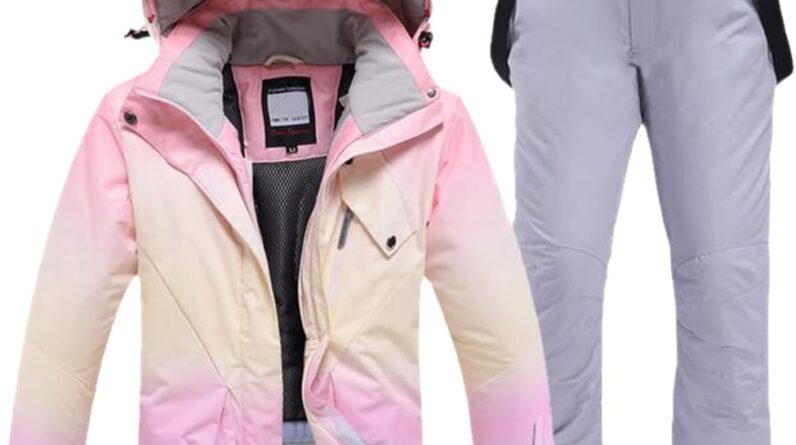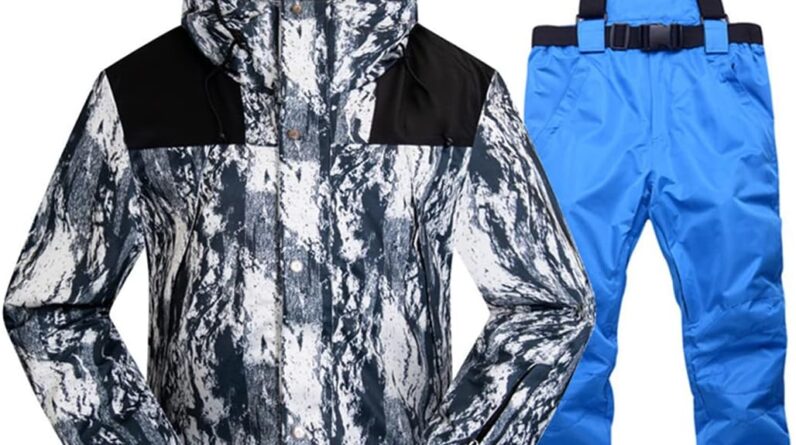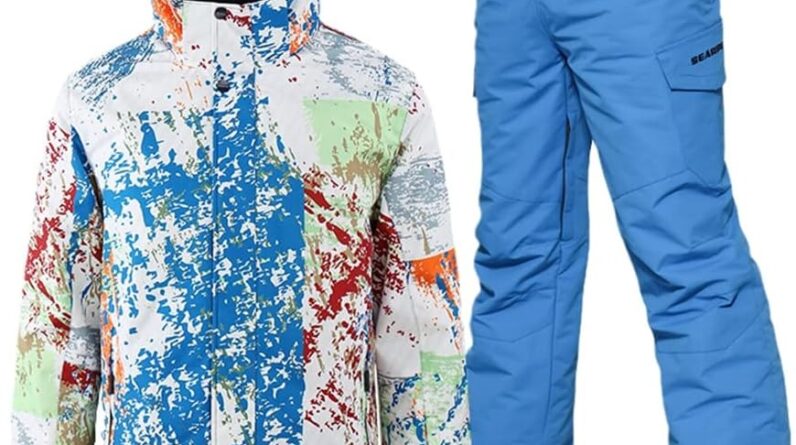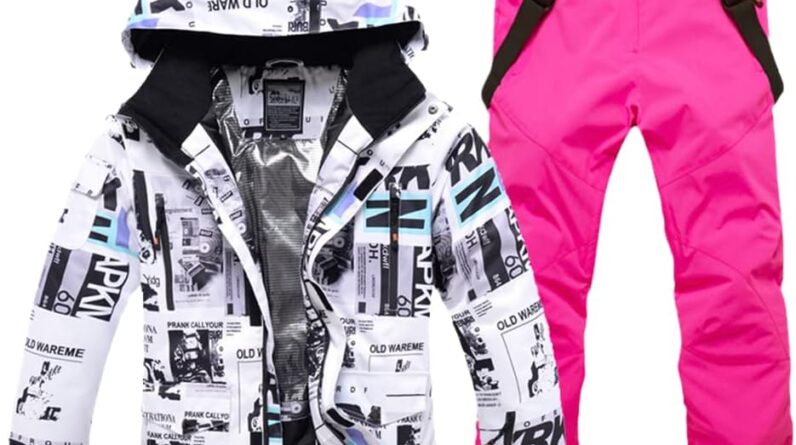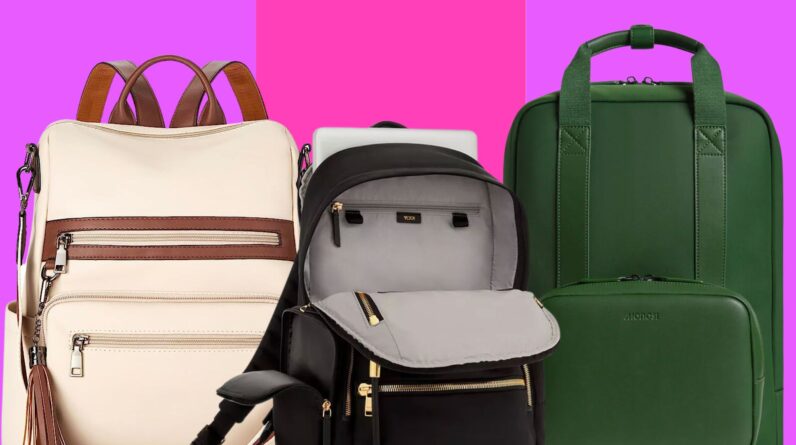
If you’re a woman looking for the perfect backpack that combines comfort, functionality, and style, then this guide is just for you. In this article, we will explore the world of backpacks designed specifically for women, taking into consideration their unique body shapes and needs. Whether you’re a hiker, a student, or a travel enthusiast, we will help you find the ideal backpack that will carry all your essentials without compromising on comfort. Say goodbye to shoulder pain and hello to a backpack that is tailored to fit you perfectly. Let’s dive into the ultimate guide to backpacks designed for women’s comfort.
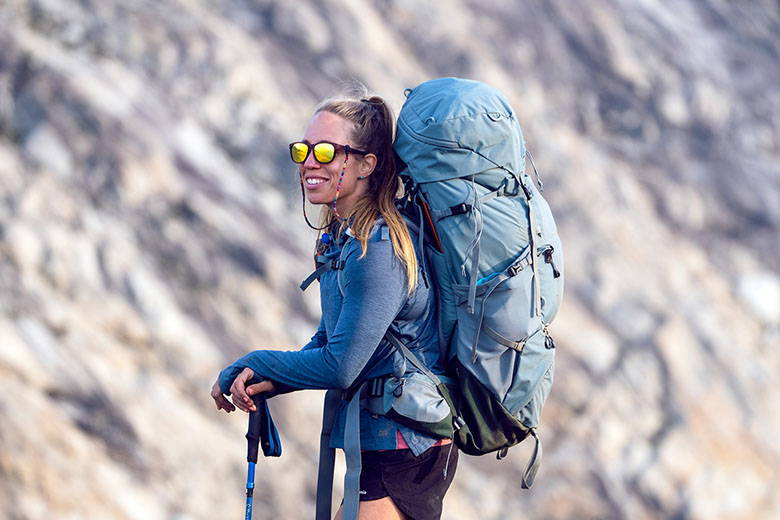
This image is property of www.switchbacktravel.com.
1. Understanding Women’s Comfort and Fit
When it comes to choosing a backpack, women have unique needs and considerations for comfort and fit. Understanding these factors is crucial in order to find the perfect backpack that will not only provide support and ease but also ensure that carrying your belongings is a breeze. Let’s explore the importance of backpack fit for women, common fit issues faced by women, and key considerations to keep in mind when selecting a backpack.
1.1 Importance of Backpack Fit for Women
Having a backpack that fits well is essential for women due to anatomical differences and body proportions. Women generally have narrower shoulders, shorter torsos, and wider hips compared to men. A properly fitting backpack will distribute the weight evenly across the shoulders and hips, preventing any strain or discomfort during long hours of wear. Additionally, a well-fitting backpack can minimize the risk of injuries, such as shoulder or back pain, allowing you to enjoy your adventures without any unnecessary discomfort.
1.2 Common Fit Issues Faced by Women
Women often encounter specific fit issues when using backpacks designed with a unisex or male-oriented approach. Some common fit problems include shoulder strap slippage, pressure points on the chest, and difficulty in adjusting the backpack to accommodate different body shapes. These fit issues can lead to discomfort, strain, and even potential injuries. Therefore, it is crucial for women to look for backpacks that cater to their unique anthropometric measurements and address these common fit problems.
1.3 Key Considerations for Women’s Comfort and Fit
When choosing a backpack, there are several key considerations to ensure optimal comfort and fit for women. These factors include ergonomic features, optimal size and capacity, female-specific design elements, weight distribution, organization and accessibility, materials and durability, adjustability and customization, and specific backpack types for different needs. Let’s dive into each of these aspects in greater detail to help you make an informed decision.
2. Ergonomic Features for Women’s Comfort
To enhance comfort and fit for women, backpacks should incorporate ergonomic features that are tailored to their unique body structures. The following features play a crucial role in achieving a comfortable and supportive backpack experience.
2.1 Adjustable Shoulder Straps
One important feature to look for in a backpack is adjustable shoulder straps. These allow you to customize the fit according to your torso length and shoulder width. Adjustable shoulder straps ensure that the weight is distributed evenly across your shoulders, reducing strain and providing a comfortable carry. Look for backpacks with easily adjustable straps that can be adapted to your specific body measurements.
2.2 Padded Back Panel
A padded and contoured back panel is essential for optimum comfort. It not only helps in cushioning the weight of the backpack against your back but also provides a snug fit. Look for backpacks with thick padding and breathable materials to prevent sweating and discomfort, especially during hot weather or intense physical activities.
2.3 Waist Belt Design
The waist belt plays a crucial role in weight distribution and stability. For women, it is important to find a backpack with a waist belt that is specially designed to fit the female hip shape. The waist belt should sit comfortably around the hips, helping to transfer the weight from the shoulders to the hips. Look for backpacks with a contoured waist belt that offers adjustability and customization options.
2.4 Chest Strap and Sternum Strap
A chest strap, also known as a sternum strap, is another feature that enhances the stability and comfort of a backpack. This strap connects the two shoulder straps across the chest and helps to distribute the weight more evenly. For women, it is crucial to find a backpack with an adjustable chest strap that accommodates different bust sizes and ensures a snug fit without causing any discomfort or pressure points.
2.5 Load Distribution and Suspension System
A well-designed load distribution and suspension system is a significant factor in achieving maximum comfort. Look for backpacks that offer a load-bearing hip belt, which transfers the weight from the shoulders to the hips, relieving strain on the upper body. Additionally, a suspension system with an internal frame structure helps in distributing the weight more evenly and maintaining stability, especially during challenging terrains or extended wear.
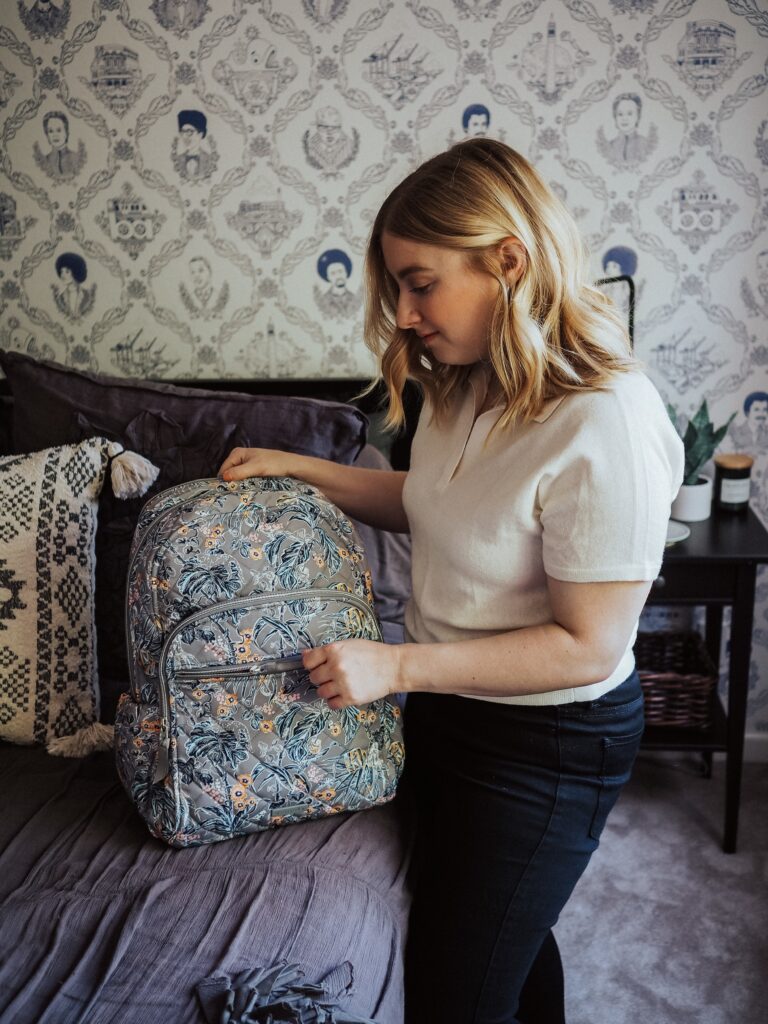
This image is property of blondesandbagels.com.
3. Optimal Size and Capacity
Choosing the right size and capacity for your backpack is crucial for ensuring a comfortable and convenient carry.
3.1 Finding the Right Backpack Size
Backpacks come in various sizes, and it’s important to choose one that fits your torso length and body proportions. Measure your torso length from the base of your neck to the top of your spine to determine the appropriate backpack size. Women-specific backpacks often offer different sizes to cater to different torso lengths, ensuring a more precise fit. It’s essential to try on backpacks and adjust the straps according to your measurements to find the perfect fit.
3.2 Capacity Requirements for Different Activities
Consider your specific activity or purpose for using the backpack when assessing the capacity requirements. For day hikes or city exploring, a smaller capacity backpack may be sufficient to carry essentials like water, snacks, and a few additional items. On the other hand, backpacking or extended trips may require a larger capacity to accommodate camping gear, clothing, and other necessities. It’s important not to choose a backpack that is too large or too small for your needs, as it may compromise both comfort and functionality.
4. Female-Specific Design Elements
Backpacks designed specifically for women often incorporate unique design elements to cater to their anatomical structure and comfort. These design elements focus on providing a better fit and reducing common fit issues.
4.1 Shoulder Strap Contour
Women-specific backpacks often feature shoulder straps that follow the natural curves of the female body. The straps are designed to fit narrower shoulders and avoid any discomfort or slippage. Look for backpacks with contoured shoulder straps that distribute the weight evenly and minimize pressure points on the shoulders.
4.2 Waist Belt Shape and Padding
The waist belt of a women-specific backpack is designed to fit the shape of female hips, which are typically wider than male hips. The belt is contoured to provide a snug fit around the hips, helping with weight distribution and stability. It’s important to find a backpack with a waist belt that is adjustable and padded, ensuring a comfortable and secure fit.
4.3 Back Panel Shape and Ventilation
Women-specific backpacks may also have back panels designed to accommodate the natural curvature of a woman’s back. These panels provide better support and cushioning, reducing any discomfort during extended wear. Look for backpacks with back panels that have ventilation systems, such as air channels or mesh, to promote breathability and prevent excessive sweating.
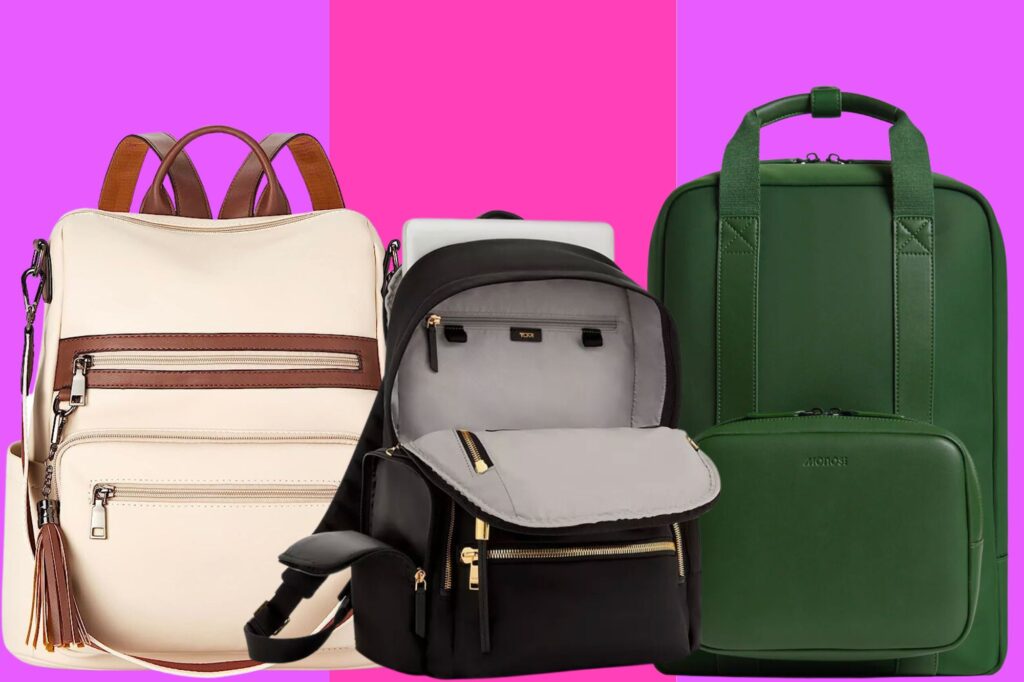
This image is property of nypost.com.
5. Weight Distribution and Load Management
Efficient weight distribution and load management are crucial factors to consider when selecting a backpack. The following features contribute to a balanced and comfortable carrying experience for women.
5.1 Load-Bearing Hip Belt
As mentioned earlier, a load-bearing hip belt is essential for transferring the weight from the shoulders to the hips. For women, it’s important to find a backpack that has a hip belt designed to fit their unique hip shape. The belt should sit comfortably on the hips and be adjustable to ensure a proper fit, allowing for optimum weight distribution and stability.
5.2 Weight Stabilizer Straps
Many backpacks offer weight stabilizer straps that help to balance the load and prevent it from shifting during movement. These straps connect the main body of the backpack to the shoulder straps or back panel, keeping the weight centered and reducing strain on the shoulders. Look for backpacks with weight stabilizer straps that can be easily adjusted to achieve a secure and comfortable fit.
5.3 Compression Straps
Compression straps are valuable features that allow you to adjust the volume of your backpack and secure the contents tightly. For women, compression straps can also aid in weight distribution by compressing the load and bringing it closer to the body. Look for backpacks with multiple compression straps that can be adjusted as needed to achieve better weight distribution and overall stability.
5.4 Internal Frame Structure
An internal frame structure plays a crucial role in weight distribution and load management. Internal frames are typically made from lightweight materials such as aluminum or carbon fiber and help to distribute the weight more evenly throughout the backpack. Look for backpacks with internal frame structures that provide stability and prevent any potential discomfort caused by load shifting.
6. Organization and Accessibility
A well-organized backpack with easy accessibility can enhance convenience and efficiency. Consider the following features when looking for a backpack that meets your organizational and accessibility needs.
6.1 Multiple Compartments and Pockets
Having multiple compartments and pockets in your backpack allows for better organization and separation of items. Look for backpacks that offer various compartments and pockets of different sizes to hold your belongings securely. This helps to avoid clutter and provides quick access to essentials when needed.
6.2 Dedicated Laptop Compartment
If you frequently carry a laptop or tablet, having a dedicated laptop compartment is essential. Look for backpacks that feature padded sleeves or compartments specifically designed to protect and secure your electronic devices. Having a separate laptop compartment ensures easy access while keeping your device safe from any potential damage.
6.3 Front and Side Access Panels
Front and side access panels are beneficial for quick and easy retrieval of items without having to dig through the entire backpack. Look for backpacks that feature access panels that allow you to reach specific compartments or pockets without opening the main compartment. This feature can save time and effort, especially when you need to access frequently used items on the go.
6.4 External Attachment Points
Backpacks with external attachment points provide additional storage options for gear such as trekking poles, sleeping pads, or jackets. Look for backpacks that offer attachment points, such as daisy chains or gear loops, that allow you to secure and easily access external items. This feature can be particularly useful for outdoor adventures or activities that require additional equipment.

This image is property of herpackinglist.com.
7. Materials and Durability
The choice of materials and durability of a backpack are vital factors to consider, as they affect both the longevity of the backpack and your overall comfort. Look for the following features when assessing the materials and durability of a backpack.
7.1 High-Quality Fabrics
High-quality fabrics play a significant role in the durability and longevity of a backpack. Look for backpacks made from durable and abrasion-resistant materials, such as nylon or Cordura, that can tolerate rough handling and withstand various weather conditions. These fabrics should be tear-resistant and capable of handling frequent use without compromising comfort.
7.2 Water-Resistant and Weatherproofing Features
Water-resistant and weatherproofing features provide protection and ensure that your belongings stay dry even during unexpected weather conditions. Look for backpacks that offer a durable water repellent (DWR) coating or come with integrated rain covers. This will help to keep your belongings safe from moisture and prevent any water damage.
7.3 Reinforced Stitching and Construction
Strong stitching and construction are crucial for the durability and longevity of a backpack. Pay attention to the quality of stitching and look for reinforced areas, such as stress points or seams, to ensure that the backpack can withstand heavy loads and regular use. Opt for backpacks that have durable construction, as this will contribute to your overall comfort and the backpack’s longevity.
8. Adjustability and Customization
Having the ability to adjust and customize your backpack according to your preferences and body measurements is essential for achieving the perfect fit. Look for backpacks that offer the following adjustability and customization features.
8.1 Adjustable Torso Length
Backpacks with an adjustable torso length feature allow you to modify the backpack’s size to match your specific body measurements. This ensures a customized fit and optimal weight distribution. Look for backpacks with adjustable suspension systems that allow you to personalize the torso length, providing comfort and support for your adventures.
8.2 Modular Attachment Options
Modular attachment options allow you to customize and expand your backpack’s capacity and functionality according to your specific needs. Look for backpacks that offer attachment points or accessory loops, which enable you to add gear or attach additional components, such as pouches or water bottle holders. This feature provides flexibility and adaptability to different activities or situations.
8.3 Customizable Fit Options
Some backpacks offer customizable fit options to cater to different body shapes and preferences. Look for backpacks that provide interchangeable hip belts or shoulder straps of different sizes or shapes. This will ensure that you can find the most comfortable and secure fit for your body type, allowing for an optimized backpack experience.
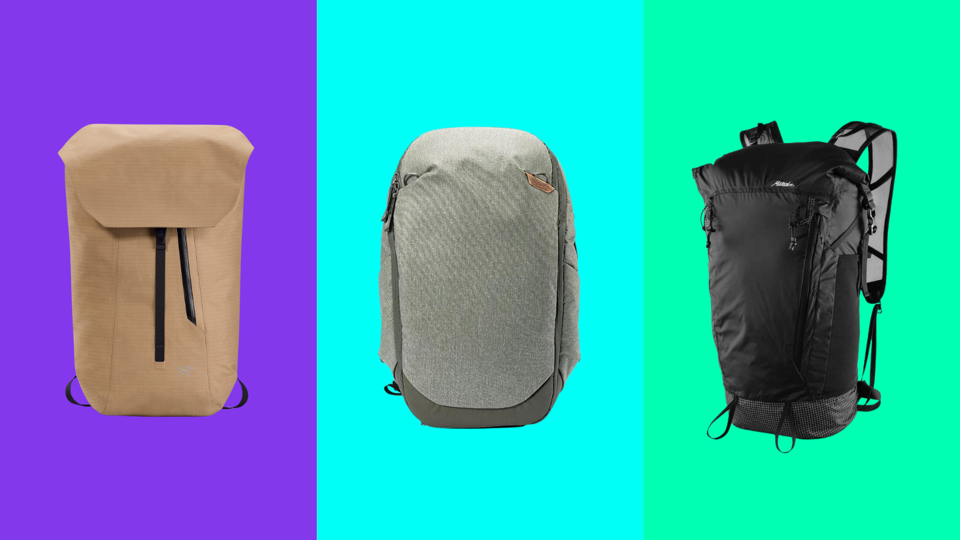
This image is property of specials-images.forbesimg.com.
9. Choosing the Right Backpack for Your Needs
Now that we’ve explored the key considerations and features for women’s comfort and fit, let’s delve into the different types of backpacks designed specifically to cater to various needs and activities.
9.1 Daypacks for Everyday Use
Daypacks are designed for everyday use, whether it’s for commuting to work, running errands, or exploring the city. Look for daypacks that offer a suitable capacity to carry your daily essentials without being too bulky or heavy. Consider features such as organizational compartments, padded laptop sleeves, and comfortable straps for a hassle-free and comfortable carry.
9.2 Backpacking and Hiking Packs
Backpacking and hiking packs are designed to carry heavier loads for longer durations. Look for backpacks with larger capacities, ergonomic features like load-bearing hip belts and suspension systems, and durable materials. These packs should offer excellent weight distribution and stability, allowing you to enjoy your outdoor adventures without any discomfort or strain.
9.3 Travel Backpacks
Travel backpacks are designed to cater to the unique needs of globetrotters. Look for backpacks with ample storage capacity, organizational features, and easy accessibility. Travel backpacks should also meet airline carry-on size requirements for maximum convenience. Consider features like lockable zippers, compression straps, and comfortable shoulder straps for extended wear.
9.4 Commuter and Work Backpacks
Commuter and work backpacks are specifically designed to carry your essentials for the daily commute or office needs. Look for backpacks that offer organizational compartments, dedicated laptop sleeves, and comfortable features for extended wear. Features like quick-access pockets and a professional-looking design can add to the functionality and style of these backpacks.
10. Testing and Trying On Backpacks
After considering all the factors and features discussed, it is crucial to test and try on multiple backpacks to find the perfect fit for your needs. While online research and reviews can provide valuable information, nothing beats the experience of testing a backpack in person.
10.1 Importance of In-Person Testing
In-person testing allows you to assess the comfort, fit, and functionality of a backpack firsthand. Visit a reputable outdoor or sporting goods store that carries a wide range of backpacks. Take the time to try on different backpacks with varying sizes, adjust the straps, and walk around the store to evaluate the overall feel and fit. This will help you identify any potential comfort issues or fit concerns before making a purchase.
10.2 Fitting Tips and Adjustments
When trying on backpacks, keep the following fitting tips and adjustments in mind:
- Adjust the shoulder straps to ensure they sit snugly and comfortably, without digging in or slipping off your shoulders.
- Check that the waist belt sits comfortably on your hips and can be adjusted to provide proper support and weight distribution.
- Experiment with the chest strap to find the right position and tension that avoids pressure points without causing discomfort.
- Evaluate the overall weight distribution and make necessary adjustments using compression straps or weight stabilizer straps.
- Ensure that the backpack feels balanced and stable on your back, without pulling or dragging you in any particular direction.
10.3 Assessing Comfort and Weight Distribution
When testing a backpack, pay attention to the following factors to assess comfort and weight distribution:
- Ask yourself if the backpack feels comfortable on your shoulders, back, and hips. Note any areas of discomfort or pressure points.
- Evaluate how the weight is distributed within the backpack. It should feel evenly balanced without straining any specific body part.
- Walk around the store or simulate movements similar to those you would encounter during your intended activities. This will give you an idea of the backpack’s stability and how it feels during different motions.
- Test the backpack with different loads or weights, if possible, to gauge how it handles various capacities.
By following these fitting tips and assessments, you can confidently select a backpack that offers optimal comfort, fit, and weight distribution tailored to your needs and body type.
In conclusion, selecting a backpack that provides superior comfort and fit for women is crucial to ensure enjoyable and stress-free adventures or daily activities. Consider the ergonomic features, optimal size and capacity, female-specific design elements, weight distribution and load management, organization and accessibility, materials and durability, adjustability and customization, and specific backpack types that cater to your unique needs. Remember to test and try on backpacks in person to ensure the perfect fit and functionality. With the right backpack, you can embark on your journeys with confidence and comfort. Happy backpacking!

